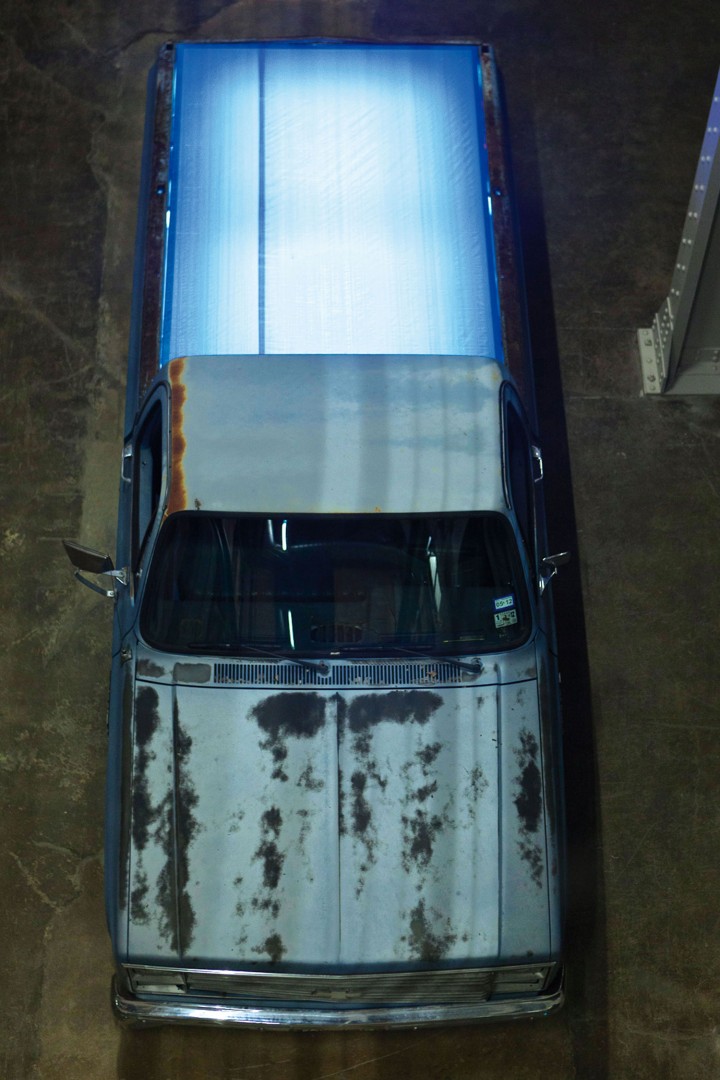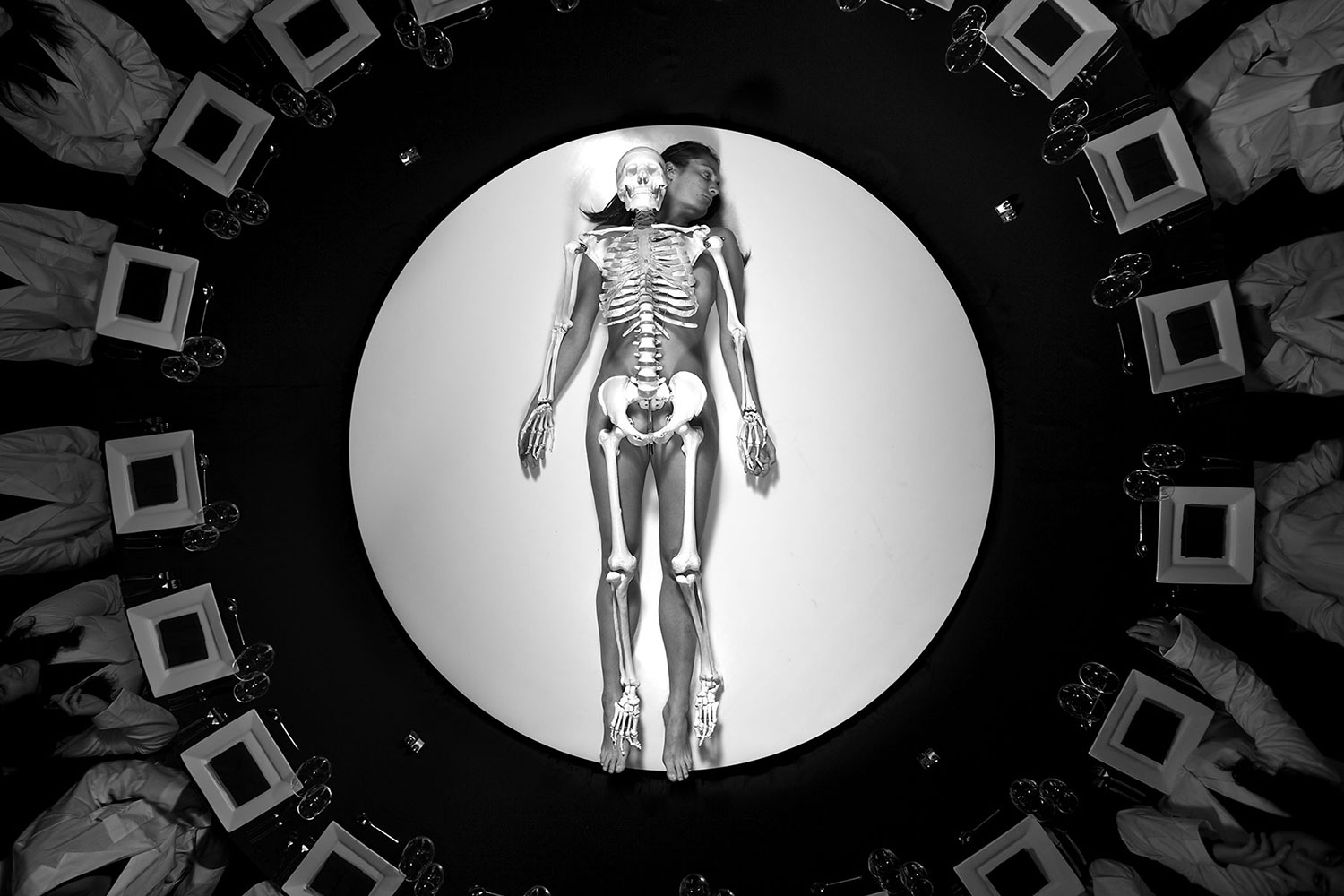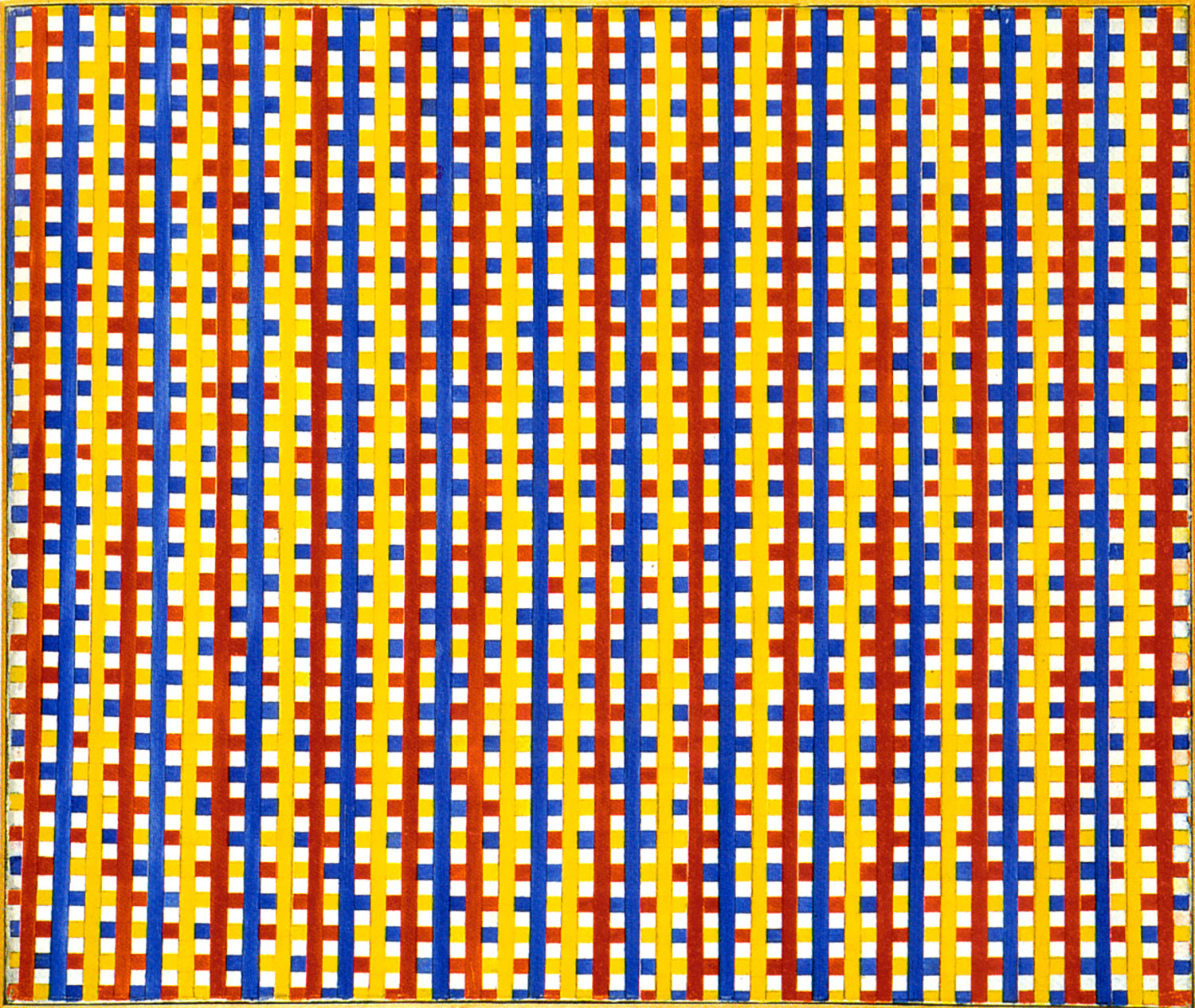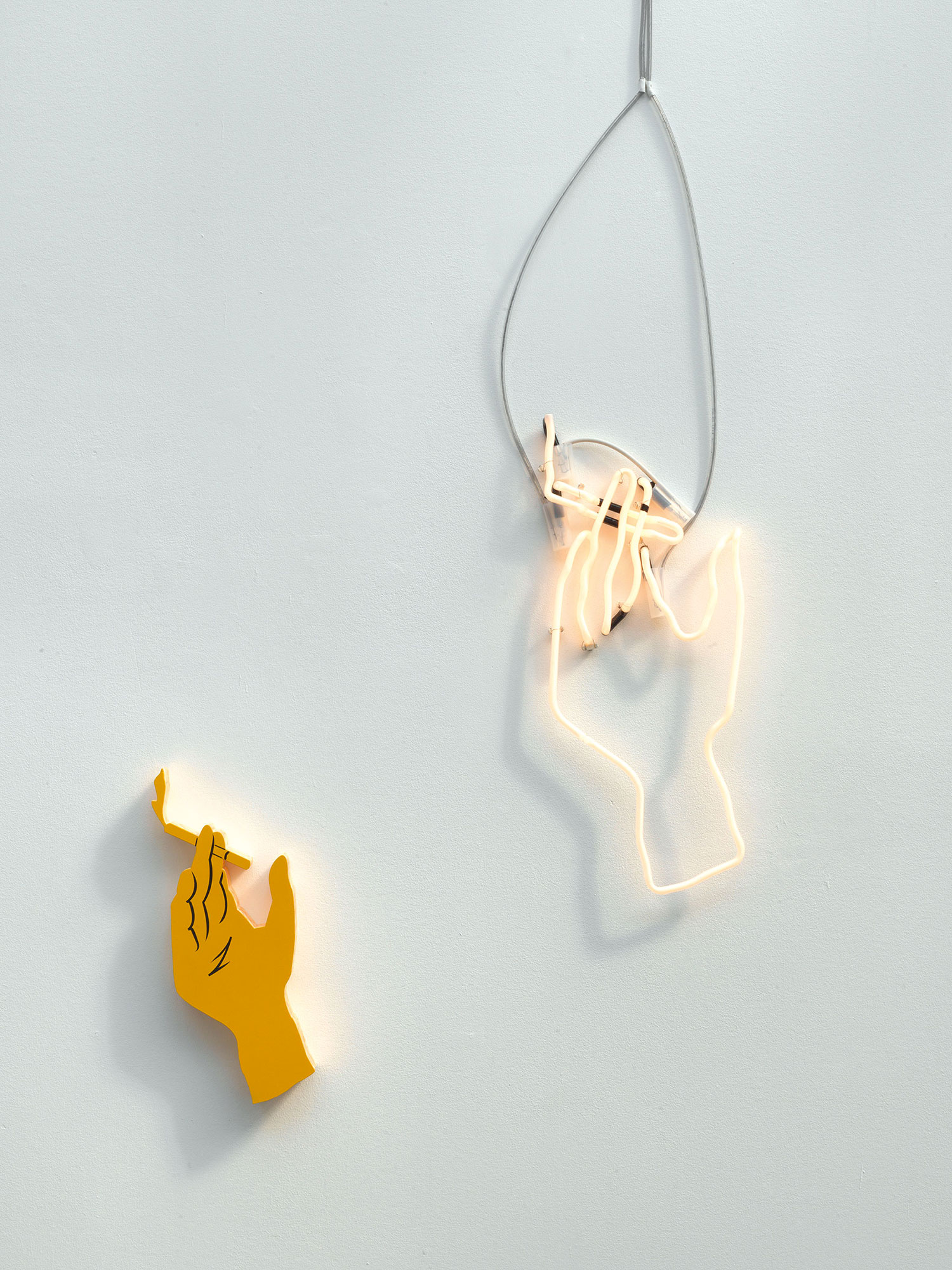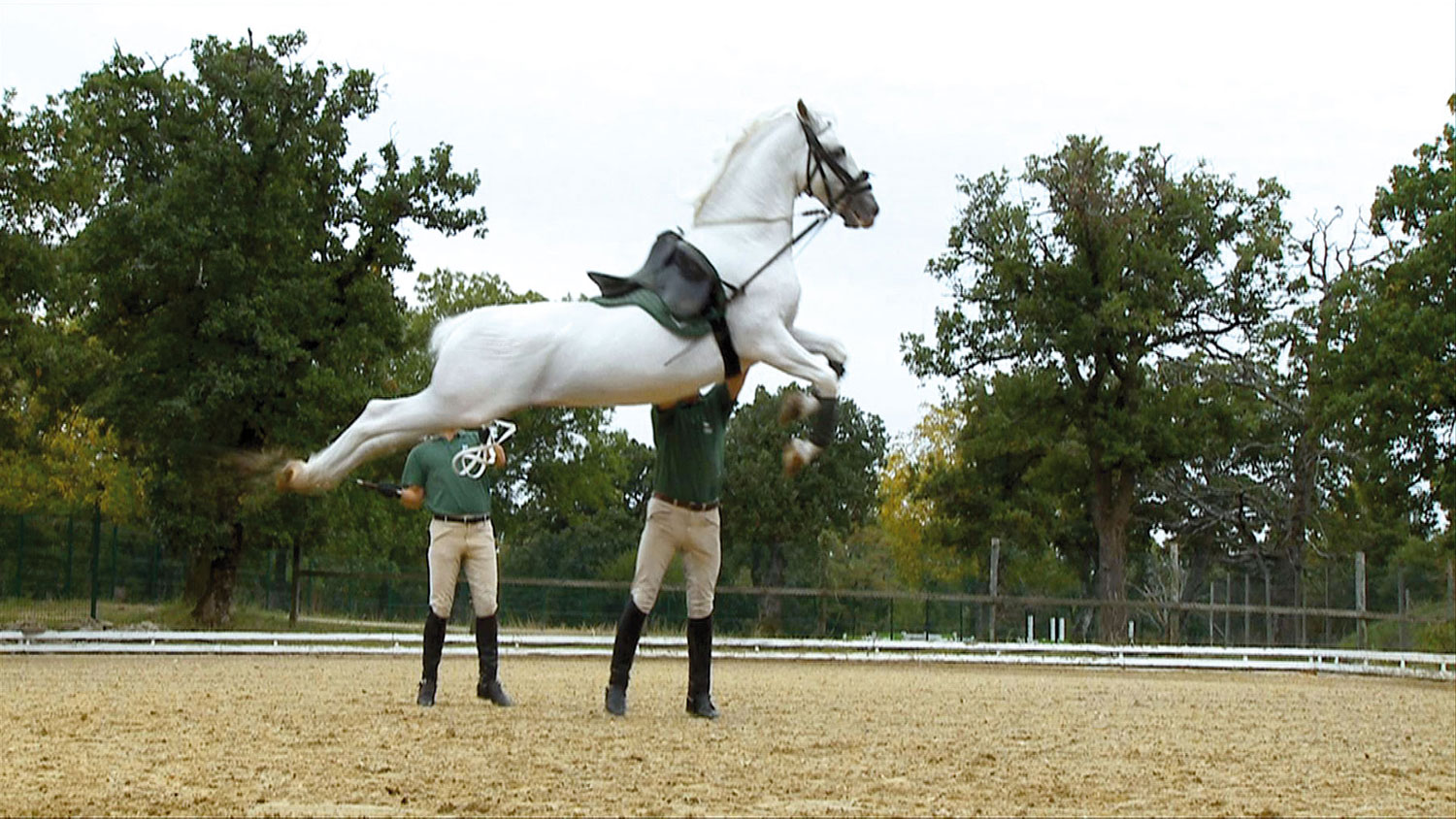
Tim Saltarelli: Your sculptural works employ an economy of materials, repurposing furniture, tools and building materials, often held in a temporary relationship whose stability is tenuous. How did you arrive at this mode of construction?
Virginia Overton: Through years of tutelage under people who don’t read instructions or follow directions. It has to do with making something “work” in the most direct way possible, only using what you have to use. When it’s all done, you can take it apart, reuse, reassemble and make something new, simply by rearranging.
TS: Can you describe what a day in the studio is like?
VO: Generally, a day in my studio is a mixture of brains and brawn — sometimes I over-think and then other times I over-muscle, but the best days are when the two balance.
TS: How does this relate to, or complement, the ways in which you make work in a given site?
VO: Each place calls for a different arrangement of parts and pieces. I like to consider how they sit/rest/act in each place, where the materials come from and how they might speak specifically in their materiality or gesture in the space — to the space. Take for example the mud-flap girls: while her image had been in my mind for years, she first made landfall when I was in Zurich to install my show at Freymond-Guth Fine Arts. I had no idea what I was making until I got there; the location of the gallery in a red light district and the fact that it used to be an auto garage made it the perfect place to use the busty silhouette. Though that typically American iconic figure found herself flipping around the room in Switzerland, she fitted right in and embodied a bit of where I come from and my affinity for trucks. In subsequent iterations she’s taken on some different visual characteristics, receiving some digitally produced plastic surgery, including a rounder ass, when in Los Angeles.

TS: In keeping with the ways in which the particular qualities of a space condition and inform the works, how important are gravity and other atmospheric elements to their physical manifestation?
VO: Things like humidity are integral players in pieces like Untitled (salt) (2009), a work installed in the basement of SculptureCenter where the board bobbed up and down as moisture collected in the salt-filled canister balanced on one end. But the effects of gravity, tension and pressure are seen over and over again in the work — boards propped and leaning on one another and the surrounding walls, chairs strapped together in weird combinations, huge tubes dangling in the air with record players balancing while in motion, etc.
TS: Though negated while installed, the objects and materials in these pieces once again take on their intended use-values when back in your studio; their temporary appropriation engages a process whereby their functions are perpetually rearticulated, performing a different kind of balancing act. What do you think of this deferred potential and renegotiation?
VO: It’s elemental.

